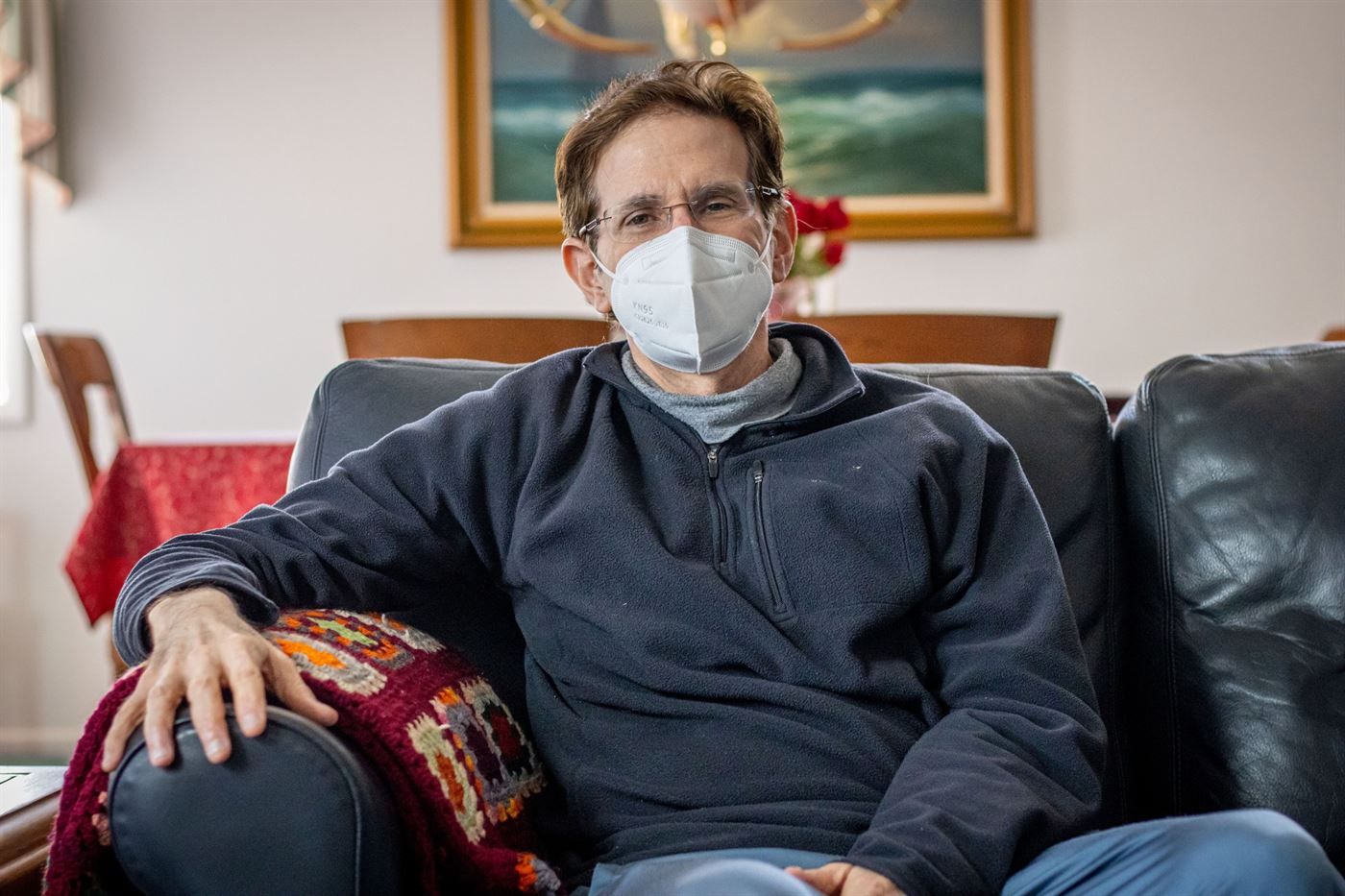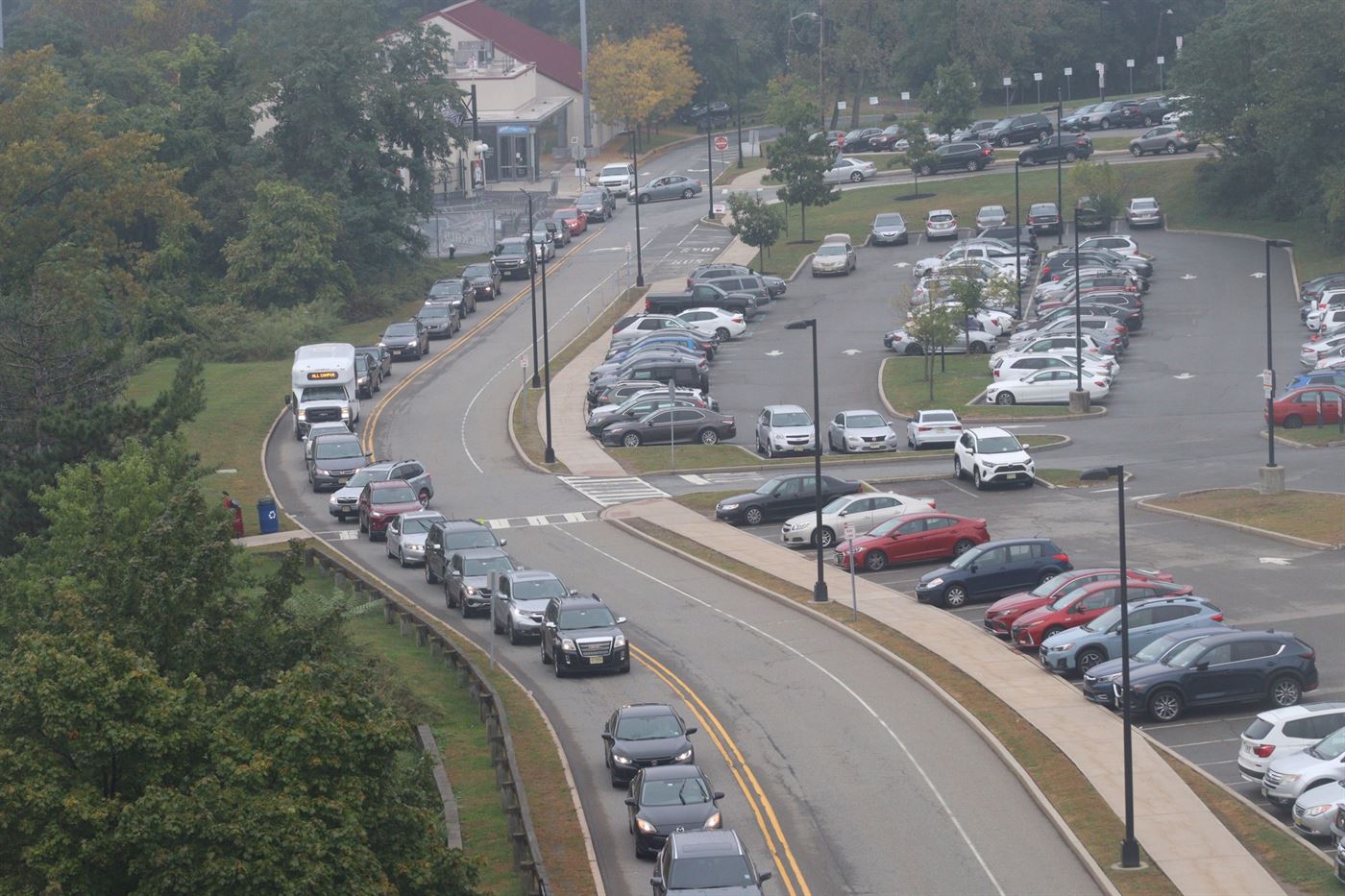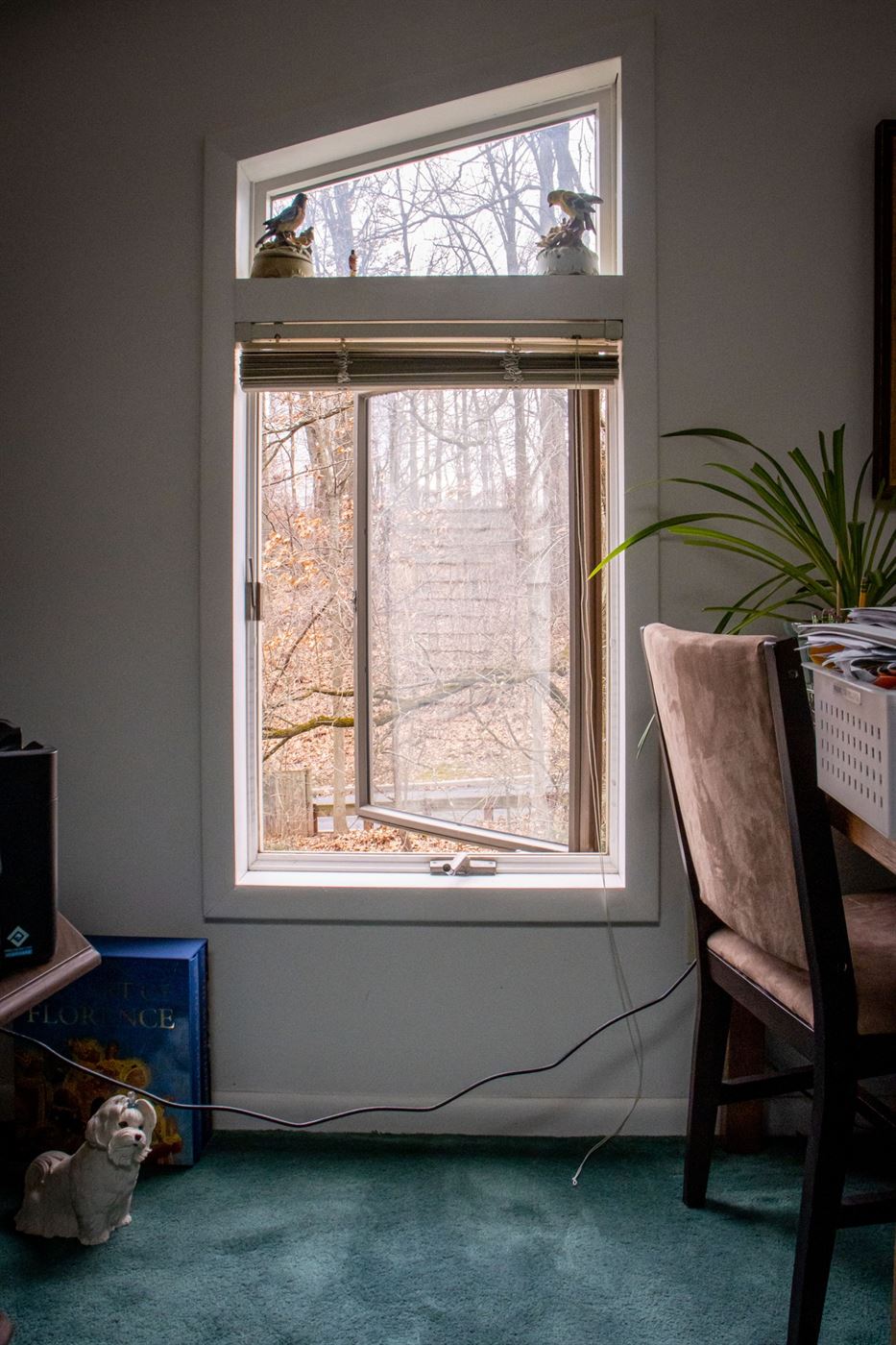Montclair State University spent 16 years and hundreds of thousands of dollars fighting local authorities for the right to make Yogi Berra Drive into a two-way road.
They lost, and Clifton, New Jersey resident and Montclair State alumnus Ed Pasino played a part in their defeat.
Pasino was embroiled in a conflict between Montclair State and the city of Clifton, as well as Passaic County. The battle began in 2005 when the university first made its plans known and Pasino raised his concerns to the city. In 2014, after years of being denied by planning boards and local authorities, Montclair State sued both Clifton and Passaic County.
Even now, after the New Jersey Supreme Court settled the matter in a victory for Clifton in fall 2021, Pasino, a retired teacher, noticeably bristles just from recounting the events.
“It’s [fun] just talking about this,” Pasino said from his cozy living room. “Because it was just an awful, awful 16 years.”
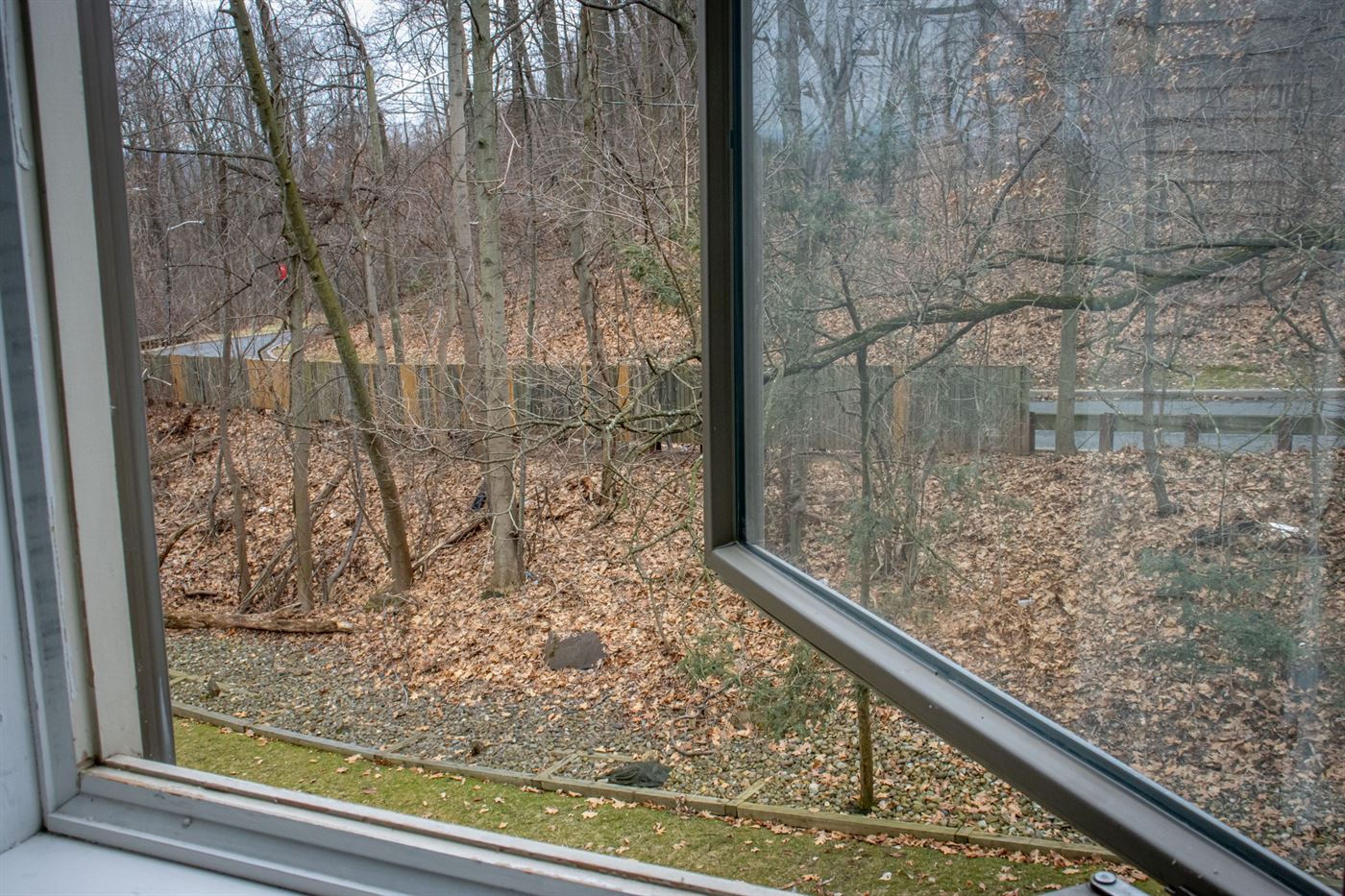
A view of Yogi Berra Drive, showing the distance between Pasino’s backyard and the one-way road.
John LaRosa | The Montclarion
Pasino expressed a degree of exasperation over the amount of money the university has spent on the legal battle over Yogi Berra Drive. As of October 2019, Montclair State had accrued $450,000 in legal fees since the start of the case in 2014.
“I hope it’s over with because as an [alumnus] and as a taxpayer and, you know, having paid tuition, I don’t want them spending any more money on this, and look where it’s led,” Pasino said.
In 2005, Montclair State, looking to accommodate its growing student population and relieve the increasingly severe traffic congestion, drew up plans to expand Yogi Berra Drive. Andrew Mees, the university spokesperson, reiterated the importance of having an additional exit available.
“It is not inaccurate to say Yogi Berra Drive being a one-way street impacts the flow of traffic on campus,” Mees said. “That is why the university has petitioned to make it a two-lane road for the past 16 years, taking the case as high as the [New Jersey] Supreme Court. Another exit from campus is a necessity, on that side of campus in particular, especially in an emergency scenario when people may need to get off campus quickly.”
Pasino is adamant that his concerns were based solely on safety. An uphill, somewhat narrow incline with multiple twists and turns that can ice over badly in the winter, Yogi Berra Drive is hazardous enough as it is, from his perspective.
Even before he was aware of the university’s intentions, Pasino was concerned with the way drivers behaved on the steep, winding roadway. His apartment has multiple clear views of Yogi Berra Drive, with only his backyard standing between him and the road.
“If you’re doing dishes, it’s right there,” Pasino said. “Usually, we eat here [at the nearby table], so we’d be sitting here and just see cars going up so quickly, you couldn’t tell the color.”
It was Pasino’s proximity to Yogi Berra Drive that not only led him to get involved initially, but to testify as a non-expert witness when the case was taken up by the Superior Court. During his testimony, he stated he had seen several cars make the trip up the road traveling over the posted speed limit of 15 miles per hour.
Pasino’s testimony was cited by the New Jersey Superior Court as being significant enough to undercut any confidence the court had in Montclair State’s police to hypothetically enforce the speed limit on a modified Yogi Berra Drive.
As an alumnus, Pasino is sympathetic toward the students who are still dealing with the traffic situation on campus.
“I feel for them,” Pasino said. “I was one of them. There was traffic [then, too], but you don’t solve the problem by making a bigger problem.”
Pasino also reiterated that ultimately, the end result was out of his hands.
“The courts decided,” Pasino said. “It was a long process, a lot of testimony, a lot of time, a lot of different court meetings and this was the end result and I hope it’s finished.”
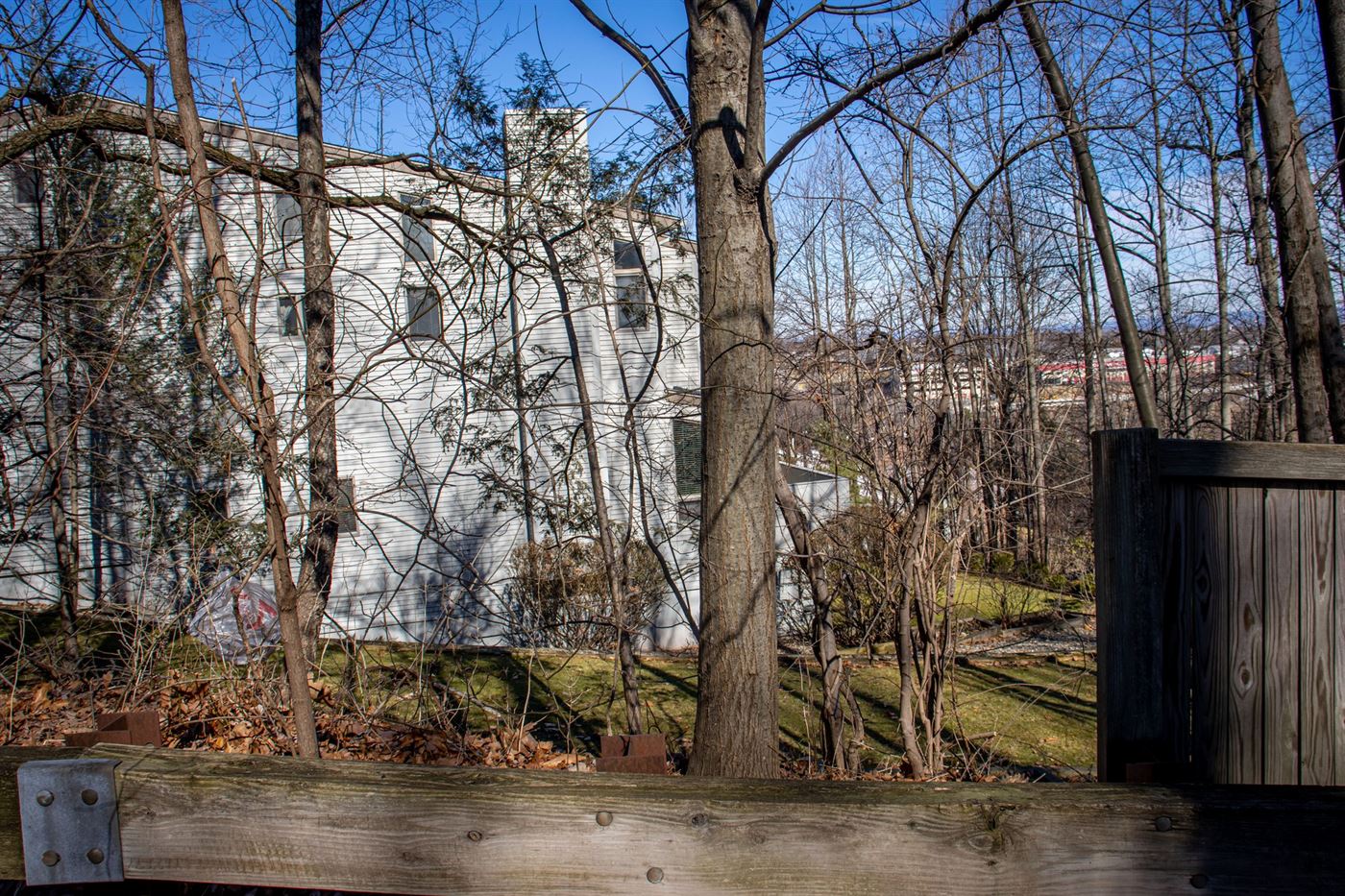
Pasino’s apartment seen from the one way on Yogi Berra Drive. Only a few feet stand between the road and his backyard.
John LaRosa | The Montclarion
Commuters, who take the brunt of the traffic on campus, are divided on the issue. Leslie Gallagher, a junior communications and media arts major, thinks the State Court was right to deny Montclair State’s appeal.
“Honestly, knowing that road, I think it would have been a really dangerous thing to do,” Gallagher said. “I do think we need another exit, I just have no idea where. I think there’s a lot of traffic on campus, especially at particular times. [It] takes, like, 30 minutes just to get out of here at certain times of day.”
Taylor Lobue, a freshman psychology major, feels the change would have been beneficial to students.
“I think there should have been two ways,” Lobue said. “I’m here for, like, an hour after I get out. I already get out of here at 5 p.m. and I don’t get home until 6 p.m., so it would be a lot easier if there [were] two ways.”
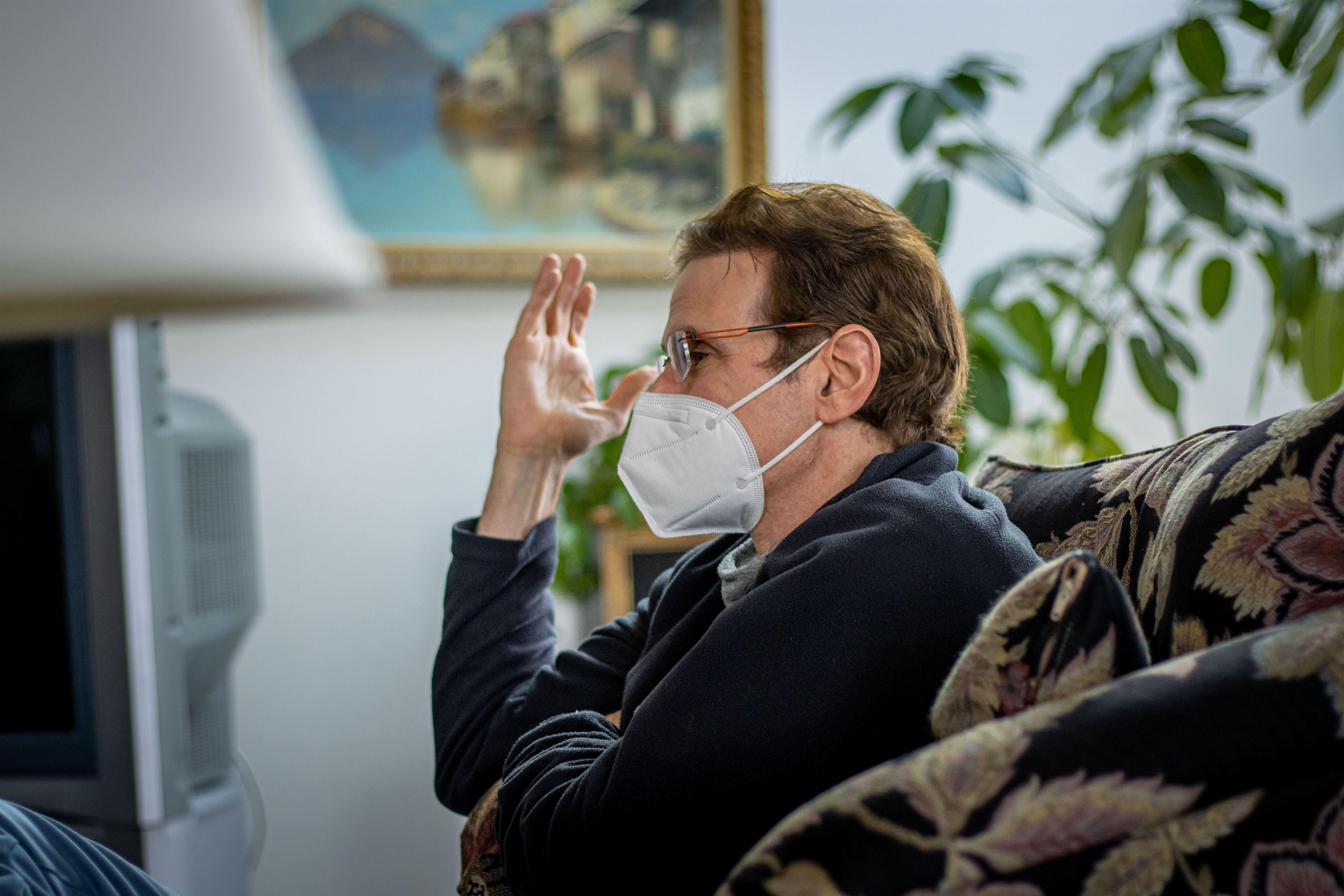
Pasino, a Montclair State alumni, says he feels for the current students.
John LaRosa | The Montclarion
Whether the university plans to continue petitioning for the expansion of Yogi Berra Drive or has some alternative in mind remains to be seen. For now, for the first time since 2005, Pasino is at tentative ease — emphasis on “tentative.”
“They’re not starting something up again, are they?” Pasino said.

